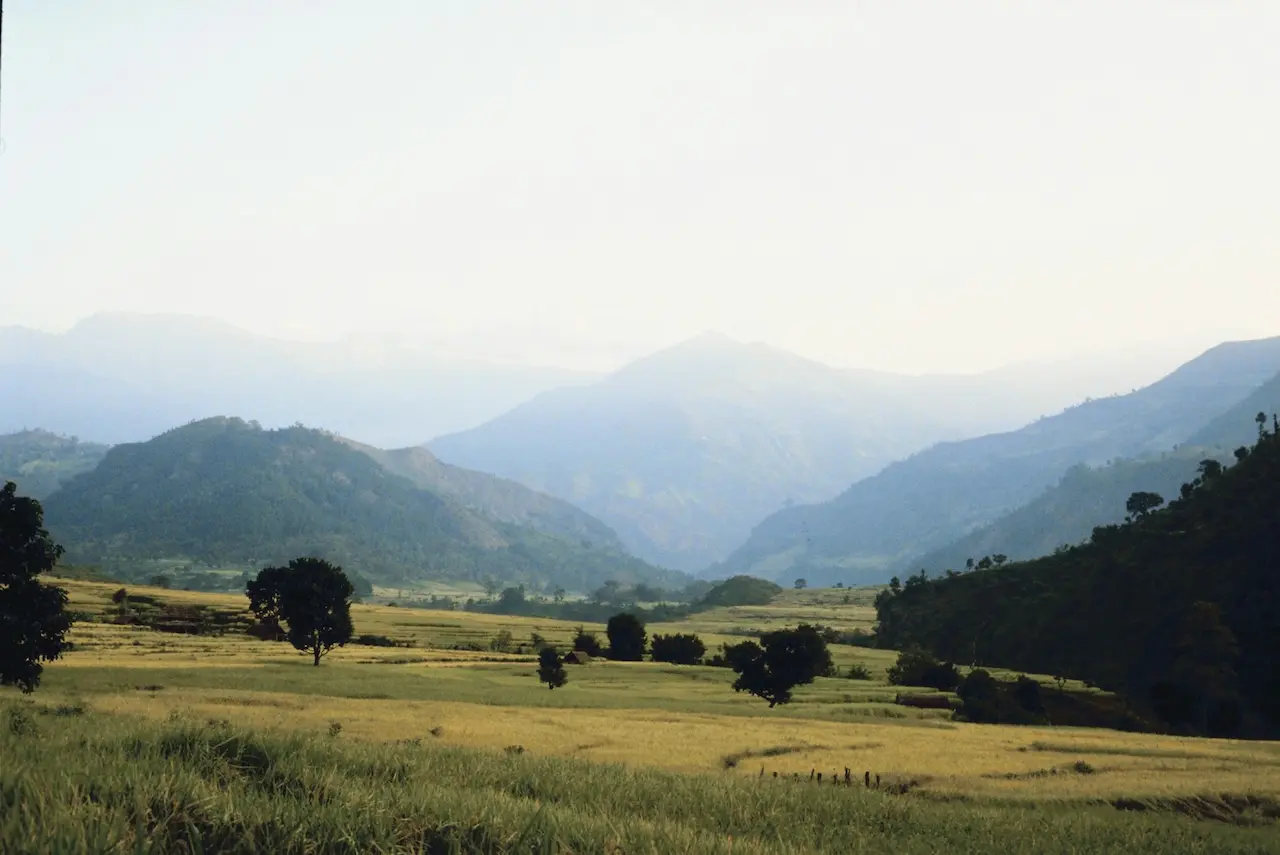Road Tripping In Victoria: Are You Insured Correctly?
Victoria is one of the premier road trip destinations in Australia, if not the world. In fact, some Victorian roads are almost purpose built to be road trip favourites, such as the vaunted Great Ocean Road. It connects the best produce and restaurants from the countryside to the natural wonder of the coast such as the Twelve Apostles, resort towns like Port Fairy, agricultural tourist attractions in Warrnambool, and an abundance of bakeries, wineries, seafood fisheries, and produce farms. That’s just one great road trip – there are plenty more taking in the historic Goldfields in central Victoria, picturesque Murray river border towns, country resorts such as Daylesford, agricultural haven Gippsland, alpine regions such as Mt. Buller and Mt. Hotham, and so much more.
With all this in mind – and conditions varying among the different places in Victoria such as highlands, low country, snow in alpine areas and rocky or unstable cross-country terrain, are you adequately insured for your road trip? Do you have everything you need? Are you familiar with the road rules?
Here’s how you can make sure you are adequately insured – with a premium and knowhow – to give you and your family greater peace of mind when you’re out on Victorian roads, no matter what time of year you choose.
Before you set out on your trip
If you are taking your own car out on the road, you need to perform some basic safety checks and maintenance first. This means servicing your car a few weeks leading up to the trip, especially if it is nearer rather than further from its scheduled service date. You should check your oil, tyre pressure, and electrics – you may want to invest in a multi-point safety check at a mechanic or service centre. Of course, you should write down a travel itinerary and check in with others at certain times to make sure they know you are safe (and having a good time!)
Comprehensive vs third party insurance – and roadside assistance
When you are out on the road, ensuring you’re covered for everything that could go wrong is way better than hoping for the best and finding out the hard way. In Australia, there are two types of car insurance available – comprehensive and third-party insurance. Comprehensive insurance covers your car in the event of accident, no matter who is at fault. Third party insurance only covers you for liability when you cause an accident to someone else’s property. Some insurers offer third party fire and theft insurance, which allows you to claim if your car is declared stolen or is written off due to fire damage.
Many insurance companies bundle in emergency roadside assistance and even emergency car hire or accommodation as part of their comprehensive insurance. Of course, this will have its added costs when it comes to your premium. You can reduce your yearly or monthly premium by adjusting your excess, a lump sum you are required to pay when you claim.
Ultimately, you need to do the calculations to figure out what you can afford in terms of insurance and roadside assistance and whether it will give you adequate coverage. In some instances, buying roadside assistance from a different or independent provider may work out cheaper than including it as part of your premium.
Choosing the right insurance for a hire car
Though rental cars have their own insurance, you are obligated to pay an excess for any damage incurred to the car or third parties. These excess payments can often range from $4,000 up to $8,000 – or more in some instances. Some insurance companies offer rental car excess insurance, that covers this in the event you are required to pay it. Insurance companies may offer coverage for rental excess as part of comprehensive or non-medical travel insurance policies. However – if you are caught drunk driving, driving recklessly, or breaching the rental agreement in any way, the insurance company has every right to reject your excess claim.
No matter what kind of insurance policy you end up buying, you will need to read the relevant Product Disclosure Statement for information on what is included and excluded in your policy, so you aren’t caught short. If you need even more help, consult an insurance broker who can explain what you need, don’t need, and what you are covered for.
At the end of the day, you just have to be prepared, get your car sorted, buy the right insurance, and have a fabulous Victorian road trip!



